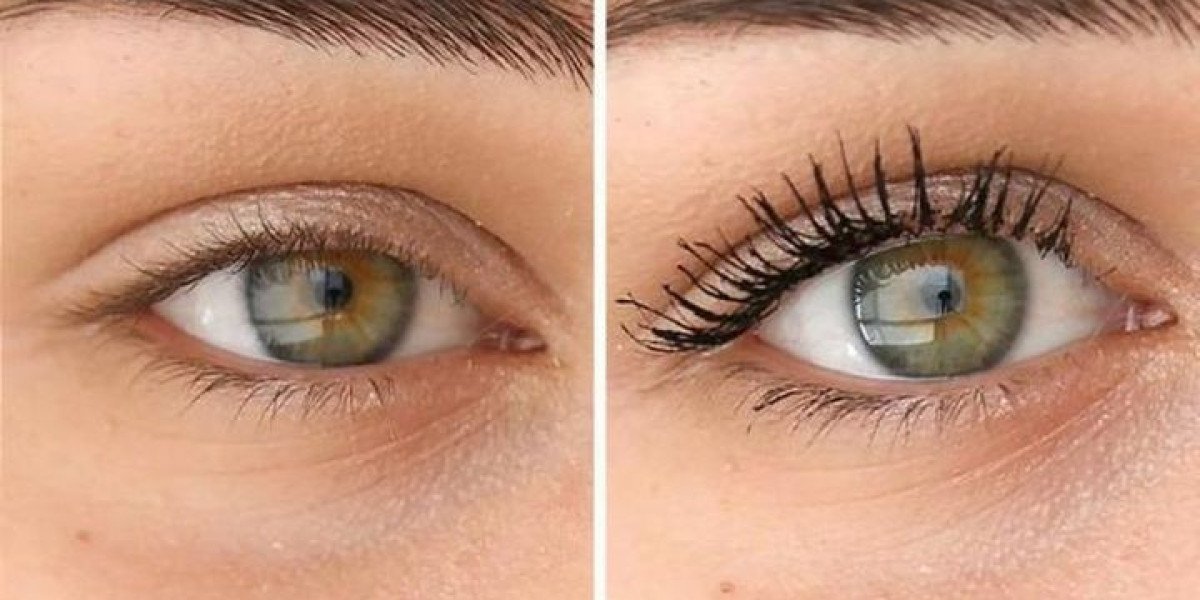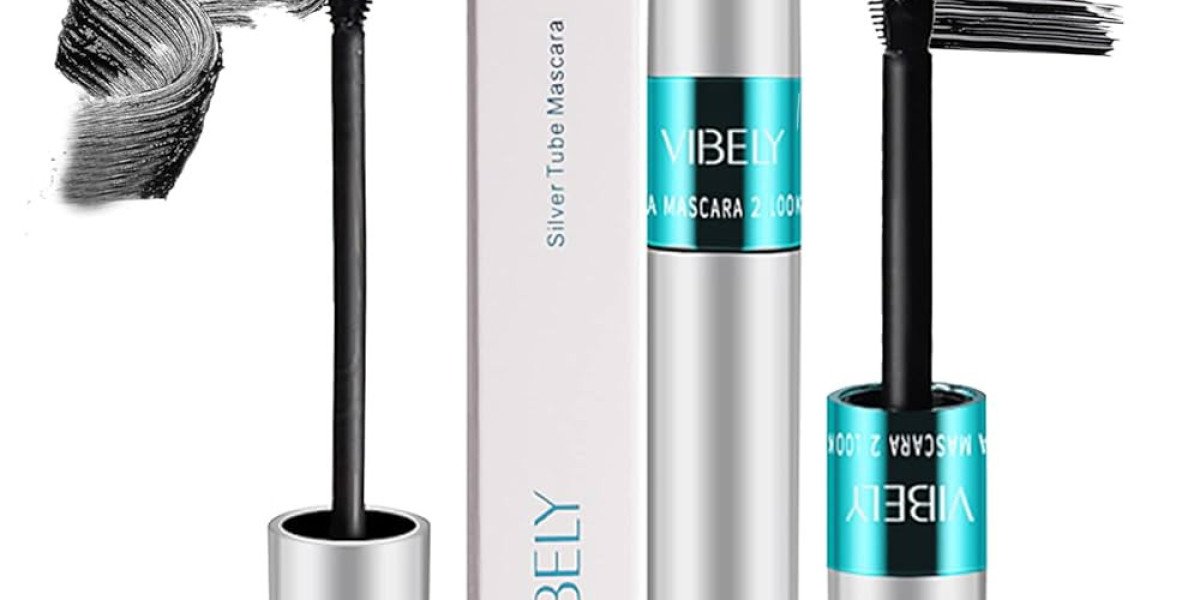Our skin tone is more than just a cosmetic feature; it’s a direct reflection of a vital pigment called melanin. These pigments are produced by special cells called melanocytes. Melanin plays a significant role in determining the colour of your skin. In addition, it also provides protection against the UV rays of the sun, followed by influencing pigmentation disorder. In this blog we will understand the role of melanin in skin pigmentation and also explore effective pigmentation treatment in Gurgaon. Stay tuned!
Understanding Melanin
Melanin is a natural pigment found in the skin, hair, and eyes of humans and animals. It’s produced in the basal layer of the epidermis by melanocytes. The amount and type of melanin your body produces determine your skin tone and colour response to sunlight.
Moreover, melanin also provides protection from the sun’s harmful rays by absorbing them, reducing DNA damage and the risk of skin cancers.
Types of Melanin
There are three main types of melanin, each contributing to different pigmentation features:
Eumelanin
Most common type
Provides brown to black pigment
Found in darker skin tones and black/brown hair
Offers strong UV protection
Pheomelanin
Produces yellow to reddish hues
Found in lighter skin, red hair, and lips
- Less effective at blocking UV rays
Neuromelanin
Found in the brain, not related to skin color
- Plays a role in neurological functions and is studied in neurodegenerative diseases
Relation between Melanin and Skin Pigmentation
The amount, distribution, and type of melanin are responsible for natural skin tones. However, certain internal and external factors can disturb melanin production, leading to pigmentation disorders such as:
Hyperpigmentation: Overproduction of melanin causing dark patches
Hypopigmentation: Reduced melanin leading to light or white patches
- Depigmentation: Complete loss of melanin in certain areas
Types of Pigmentation
Here are different types of pigmentation mentioned below:
Melasma
Characterized by brown or gray-brown patches on the face
- Often triggered by sun exposure, hormones (pregnancy or birth control), and genetics.
Sunspots (Solar Lentigines)
Caused by prolonged sun exposure
- Appear as flat brown spots, commonly on the face, hands, and shoulders
Post-Inflammatory Hyperpigmentation (PIH)
Dark spots that develop after skin inflammation or injury (acne, burns, eczema)
Freckles (Ephelides)
Small, concentrated spots of melanin
- Genetic and exacerbated by sun exposure
Vitiligo
- An autoimmune disorder causing loss of melanocytes, leading to white patches
Factors Affecting Melanin Production
Here are factors affecting melanin production:
Genetics: Your genes dictate your baseline melanin levels.
Hormonal changes: Can trigger conditions like melasma.
Sun exposure: Stimulates melanocytes to produce more melanin as a defense mechanism.
Medications: Certain drugs may cause pigmentation as a side effect.
- Inflammation or trauma: Injuries can lead to post-inflammatory pigmentation.
Treatment Options for Pigmentation Conditions
Here are effective treatment options for pigmentation conditions
Topical Treatments: Skin-lightening Agents such as
Hydroquinone
Kojic acid, arbutin, azelaic acid
Vitamin C
Retinoids (Tretinoin)
Niacinamide
Chemical Peels: Chemical peels are typically made up of the below-mentioned acids:
Glycolic acid,
Lactic acid
Salicylic acid
Laser Therapy: Lasers break down melanin clusters for the body to absorb and eliminate. Examples of such lasers are as follows:
Q-switched lasers
Pico lasers
- Fraxel
Microneedling: Creates micro-injuries in the skin to stimulate collagen and even out pigmentation. Microneedling:
Can be combined with serums or PRP for better results
- Helps treat acne scars and PIH
Oral Supplements: Examples of oral supplements for treating pigmentation issues are as follows:
Antioxidants like glutathione,
polypodium leucotomos
Vitamin E
Prevention Tips for Pigmentation Issues
Here are some preventive tips for the pigmentation issues mentioned below:
Use Broad-Spectrum Sunscreen Daily (SPF 30 or higher)
Avoid Peak Sun Hours (10 AM to 4 PM)
Wear Protective Clothing and Hats
Stick to a Consistent Skincare Routine
Don’t Pick or Scratch at acne, insect bites, or skin injuries
- Consult a dermatologist early if you notice changes in skin tone
Get expert consultation at the Best Skin Specialist in Gurgaon, Citrine Clinic by Dr. Niti Gaur!
Melanin is much more than just a pigment; it’s a biological shield and a key factor in our unique skin identity. While imbalances in melanin production can lead to aesthetic concerns, effective treatments and preventive care can help you achieve clearer, more even-toned skin. Understanding how melanin works is the first step toward managing pigmentation conditions with confidence. To know more about pigmentation, book an appointment with Dr. Niti Gaur at the best skin clinic in Gurgaon, Citrine Clinic! Visit today!
Read More:






